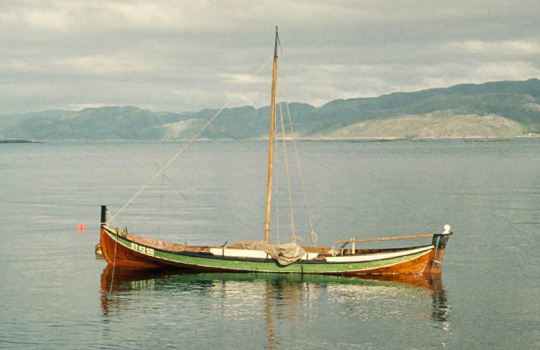

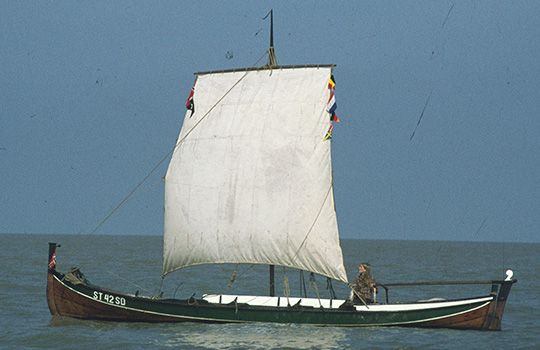
HITRA was built in 1863 by Johan Harstad Sr. for Knut O. Haltland. This firing is 29 feet, beam 6 feet, with 10 oars and a square sail. It is still original and in perfect condition. Built before Viking ships were excavated, it is a true missing link to the Viking Age. This boat is famous for being a record breaking runner, easily doing 15 knots.
After generations in the boat shed HITRA came to life in 1976. A voyage from Hitra to Oslo was the beginning of an endeavor that took the old boat around and across the North Sea, the Irish Sea and into the Atlantic, doing experiments on Viking sailing and navigation, the use of golden vanes and also testing how more than 100-year old iron rivets would keep up. All these adventures and experiments are described in the book Viking to Victorian: Exploring the Use of Iron in Ship Building.
During the following years HITRA sailed 3,700 nautical miles, spending 78 days at sea, calling on 105 ports in eight different countries, encountering storm and bad weather for days on end.
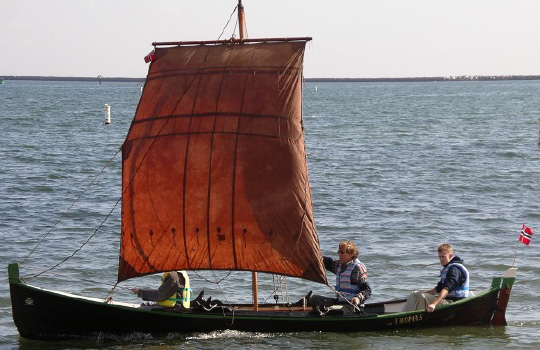
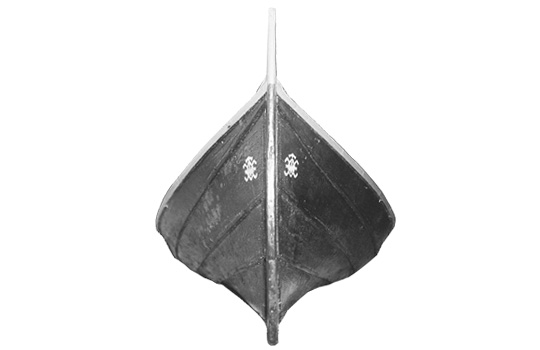
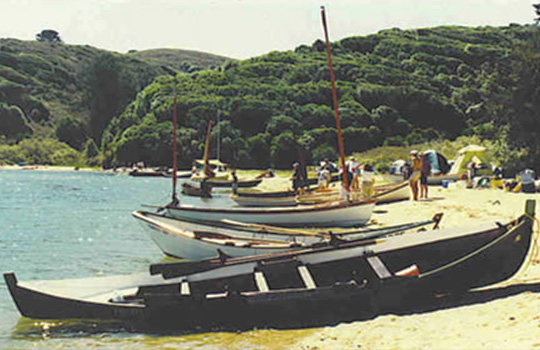
BBuilt in 1873 for Mr. J. A. Thomas of Creech Grange in Wareham, England, Mr. THOMAS is made from Norwegian spruce. This faering is 19 feet 10 inches long, beam 5 feet 6 inches, and weighs 200 pounds. It has four oars and a square sail. Its design is directly linked to the 1,200 year old Viking boat that has survived because it was the most functional. Any alteration would detract from its usefulness.
Built to accommodate British noblemen on hunting and fishing expeditions to Norway, it was kept and maintained by local farmers. It is the sole survivor of many stag hunters' boats from the 1800s, a part of our "sporting heritage" that is completely forgotten.
In 1990 Mr. THOMAS went to England, participating in a longboat race in York. It was shipped to San Francisco in 1996, and used for display and sailing adventures. Today Mr. THOMAS is located in Los Angeles.
More than 125 years old, Mr. THOMAS may well be the oldest original wooden boat in seaworthy condition in Southern California.
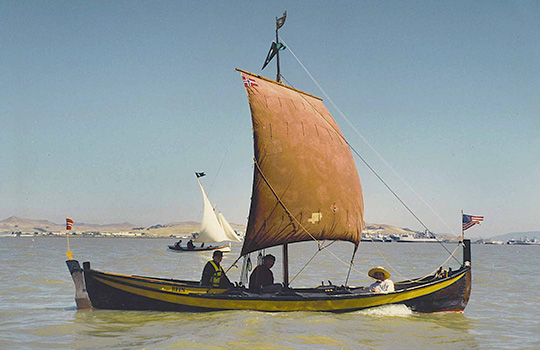
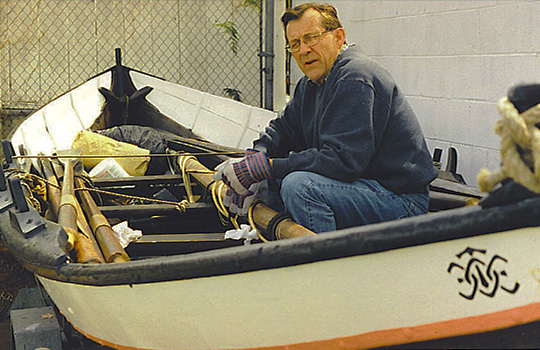
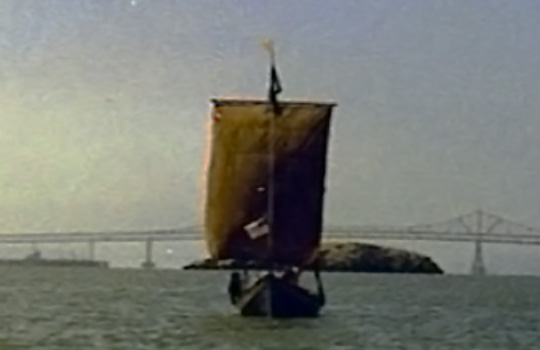
Sekæringen REIN was built in Stadsbygd 1905 by Ove Bliksaas. It has eight oars and a square sail. It is 23 feet, beam 5 feet, weight 350 pounds. It was made for the cod fisheries and in use from 1906 until 1940.
REIN remained in the shed for 30 years, then moved outside and left to rot. It was saved, repaired and it won the first Jorvik Viking Longboat Rowing Race in England.
Later it was taken to California. Going to Catalina Island in February 1997, REIN saved a man in a capsized boat 14 miles off shore. Actor Robin Williams used REIN in the movie "What Dreams May Come", which won an Oscar in 1999 for visual effects.
This boat belongs to the last generation of traditional Norwegian workboats built the same way since the Viking Age. The Vikings' success was due to this superior ship construction.


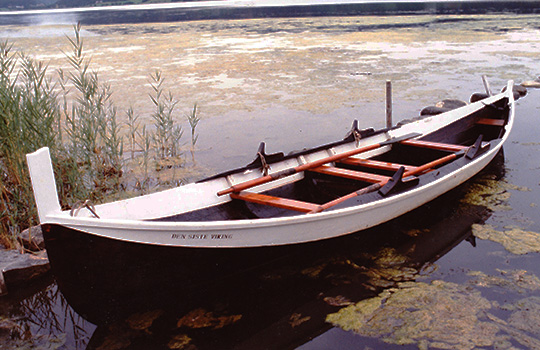
Faering JAKOB is the one and only boat owned by Jakob Kvithyll, or Last of the Vikings. It was built in Aafjord in 1932 by Kristian Harstad for Jakob Kvithyll. It is 19 feet long with four oars and a fore and aft rig. Jakob Kvithyll was the last hovedsmann (chieftain/skipper) from Rissa to sail a 50-foot open "big boat" during the Lofoten cod fisheries in the first decade of the 20th Century.
He is the main character in the famous novel The Last of the Vikings, by Johan Bojer. Olaf Engvig was the only student who wanted to learn square sailing from him. After his passing, Engvig got his boat, which had been neglected for years.
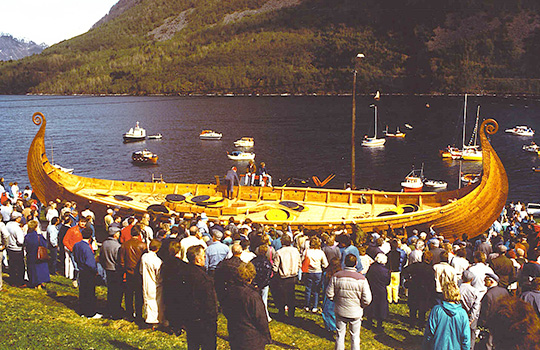
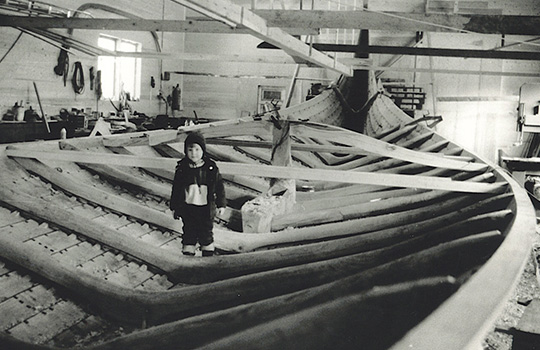
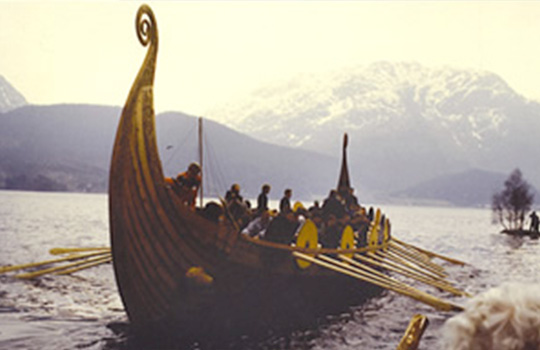
Viking to Victorian: Exploring the Use of Iron in Ship Building also includes a chronicle of the construction and sad tale of the DRONNINGEN, the first full-scale replica of the Oseberg barge ever built. After the ship was finished, it left Olaf Engvig's control and did not have a particularly successful life. She was wrecked on her maiden voyage.
A short time after, having been modified and rebuilt, the barge foundered. Luckily, no lives were lost.
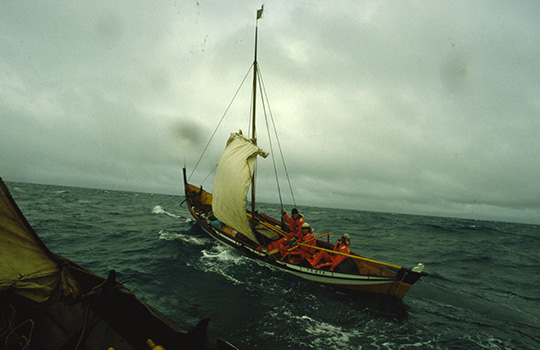
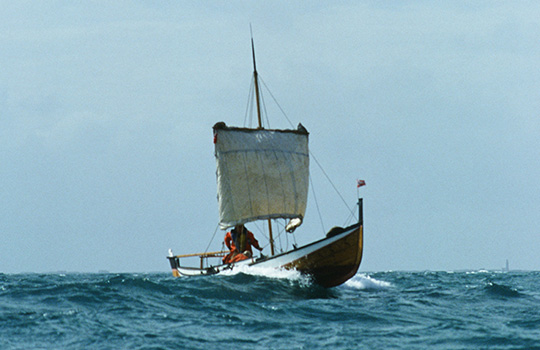
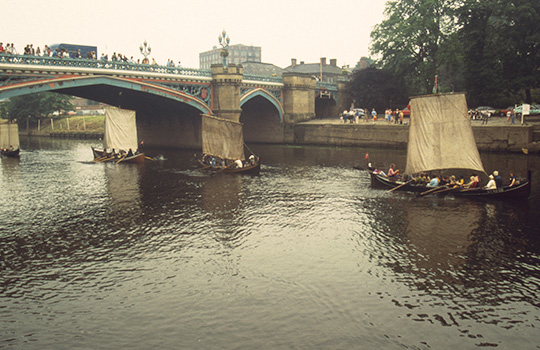
FRØYA is an exact replica of an especially beautifully made halvfjerming from 1872, described in Olaf Engvig's book Viking to Victorian: Exploring the Use of Iron in Ship Building. FRØYA went on many sails with the original longboat HITRA in the British Isles in the 1980s. Later, it was sold to an expedition member and a good friend.